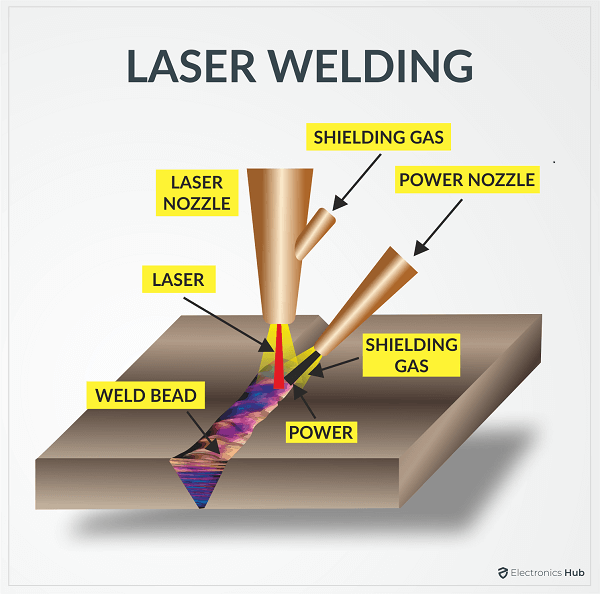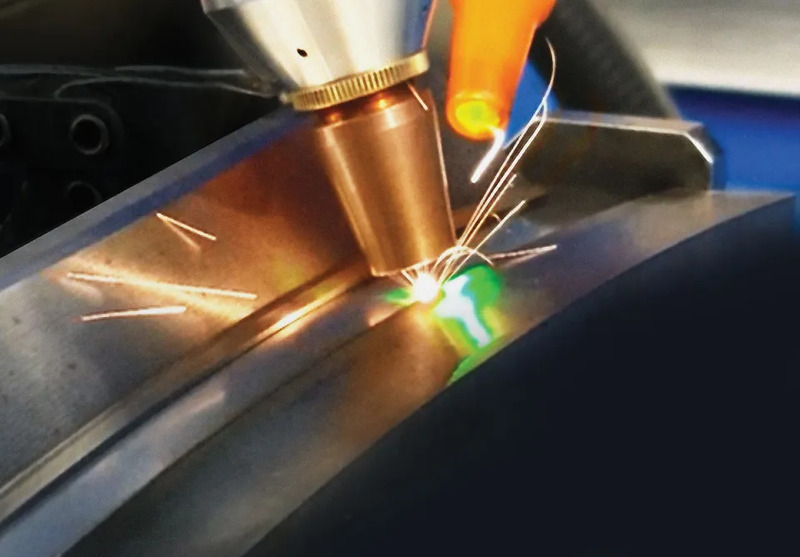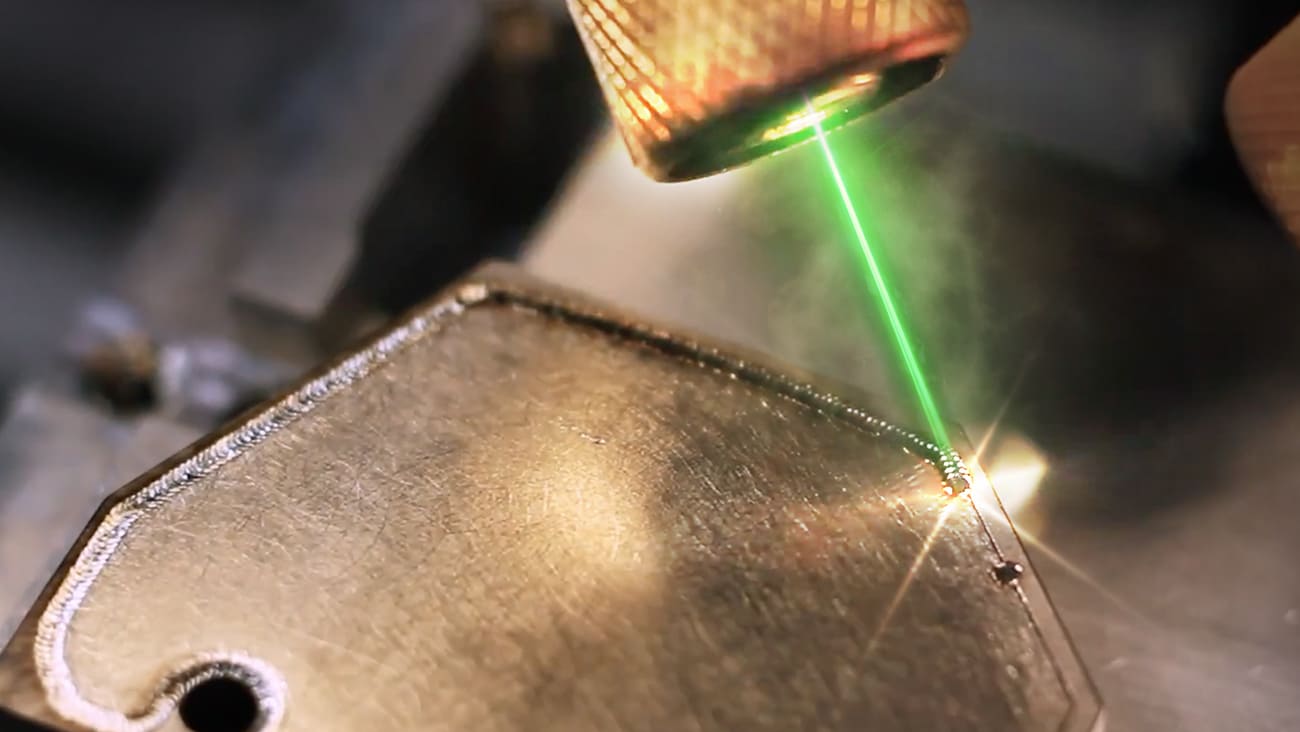Laser Welding: A Comprehensive Guide to Understanding the Process and Its Applications
In the realm of modern manufacturing and fabrication, laser welding has emerged as a cutting-edge technology, revolutionizing the joining of materials with unmatched precision and efficiency. This comprehensive guide aims to delve into the world of laser welding, exploring its principles, applications, and why Superior Laser Marking is the leading choice for businesses seeking top-notch laser welding solutions.
What is Laser Welding?
Laser welding is a process that uses a high-powered laser beam to melt and fuse materials together. The laser beam heats the materials to their melting point, and then they are joined together. Laser welding is known for its high precision and ability to create a narrow and deep weld. It is commonly used in the manufacturing industry for creating strong and durable joints.
How Does the Laser Welding Process Work?
1. Beam Generation
A laser beam is generated using a laser resonator, which amplifies and concentrates the light.
2. Focusing Optics
The laser beam is directed through focusing optics, ensuring the beam is concentrated and has high power density at the welding point.
3. Welding Process
The focused laser beam strikes the materials to be welded, melting the surfaces and creating a weld pool. As the beam moves along the joint, the materials fuse together, forming a strong bond.

Types of Laser Welding
There are several types of laser welding, including:
- Conduction welding – This method is used for welding thin materials together. The laser beam heats the material to its melting point, and then the materials are joined together by capillary action.
- Deep penetration welding – This method is used for welding thick materials together. The laser beam heats the material to its vaporization point, creating a hole in the material. The walls of the hole then collapse, creating a strong weld.
- Laser beam welding – This method uses a high-powered laser beam to weld materials together. The laser beam is directed onto the materials, which are then melted and fused together.
What Is Laser Welding Used For?
Laser welding is used in a variety of industries, including aerospace, automotive, medical, and electronics. It is used for creating strong and durable joints in materials such as steel, aluminum, and titanium. Laser welding is also used for welding dissimilar materials together, such as aluminum to steel.
Suitable Metals for Laser Welding
Laser welding works with many metals, like:
- Carbon Steel
- Aluminum
- Titanium
- Low alloy and stainless steel
- Nickel
- Platinum
- Molybdenum
- Kovar
Laser Welding Applications
1. Automotive Industry
Laser welding is used to join car body parts, ensuring precise and seamless welds for improved structural integrity.
It facilitates the welding of complex components and lightweight materials, contributing to fuel efficiency and performance.
2. Aerospace and Aviation
In the aerospace sector, laser welding is applied to join intricate components with minimal distortion, ensuring safety and reliability in critical parts.
3. Medical Device
Laser welding is employed in manufacturing medical devices and implants, guaranteeing clean and precise welds to maintain sterility.
4. Electronics and Microelectronics
Laser welding is used in microelectronics, providing precise and localized welding for delicate components.
5. Jewelry and Fashion Industry
Laser welding is utilized to create intricate and delicate jewelry designs, ensuring strong and lasting connections between metals.

Examples of Laser Welding in Manufacturing Applications
- Welding of gears – Laser welding is used for creating strong and precise welds in gears, which are used in various industries, such as aerospace and automotive.
- Welding of medical implants – Laser welding is used for creating strong and precise welds in medical implants, such as pacemakers and orthopedic implants.
- Welding of electronics components – Laser welding is used for creating strong and precise welds in electronic components, such as sensors and connectors.
Why Choose Superior Laser Marking for Laser Welding
State-of-the-Art Equipment
Superior Laser Marking utilizes the latest laser welding systems, guaranteeing impeccable welding quality and precision.
Expertise and Experience
With extensive experience in laser welding, Superior Laser Marking’s team possesses the expertise to handle various materials and complex welding projects.
Customized Solutions
We work closely with clients to understand our unique welding requirements, offering tailor-made solutions that meet specific industry needs.
Quality Assurance
Superior Laser Marking maintains strict quality control measures, ensuring each weld meets the highest standards of excellence.
Contact us today to learn more about how we can help with your laser welding needs. Looking for top-quality laser marking and engraving products? Look no further than our online shop, offering a wide selection of customizable options to meet all your needs.
In conclusion, laser welding is a highly versatile and precise welding process that is used in various industries for creating strong and durable joints. Its applications range from aerospace to medical, and it is used for welding a variety of materials, including steel, aluminum, and titanium. With its ability to create precise and deep welds, laser welding is sure to continue to be a popular welding method in the manufacturing industry.






